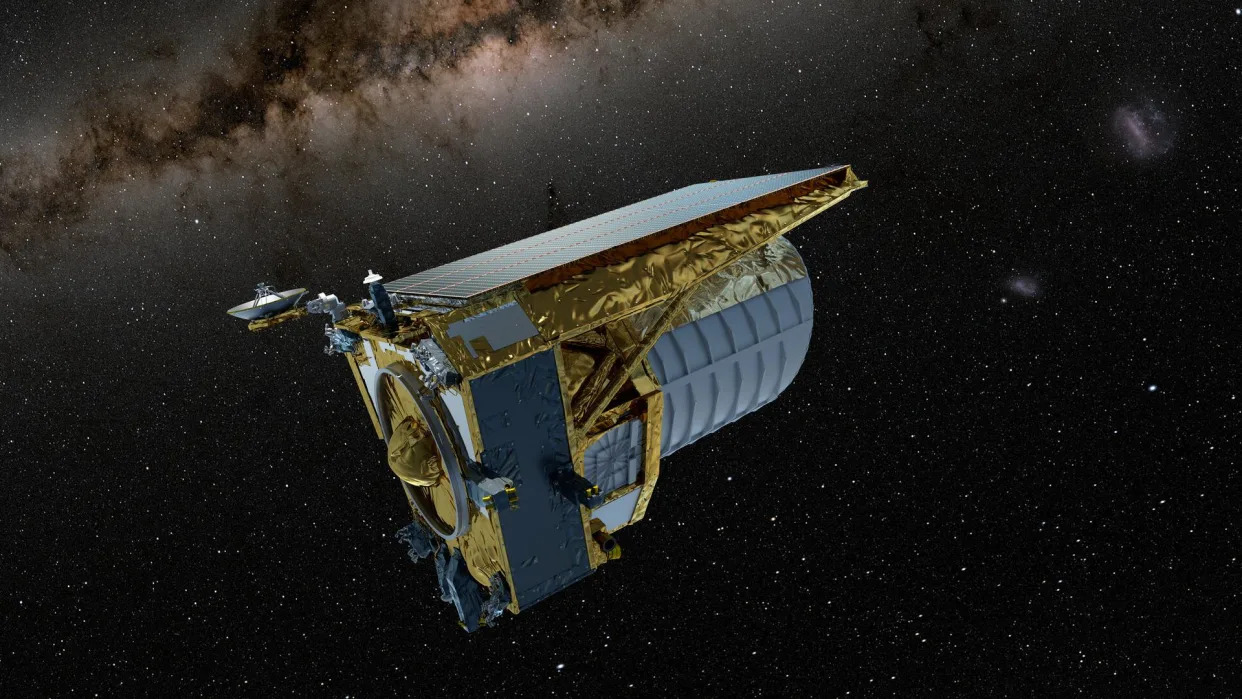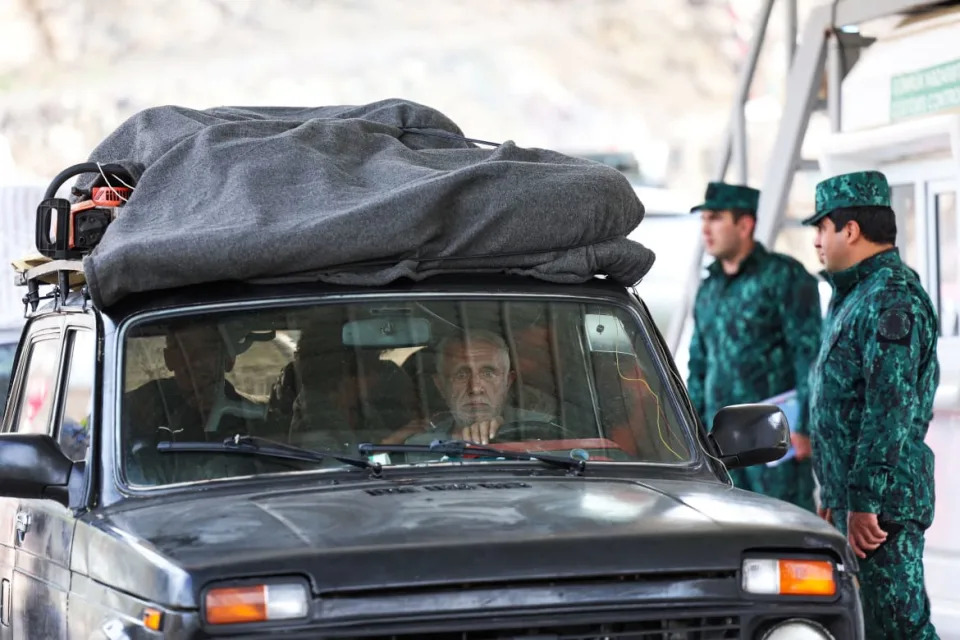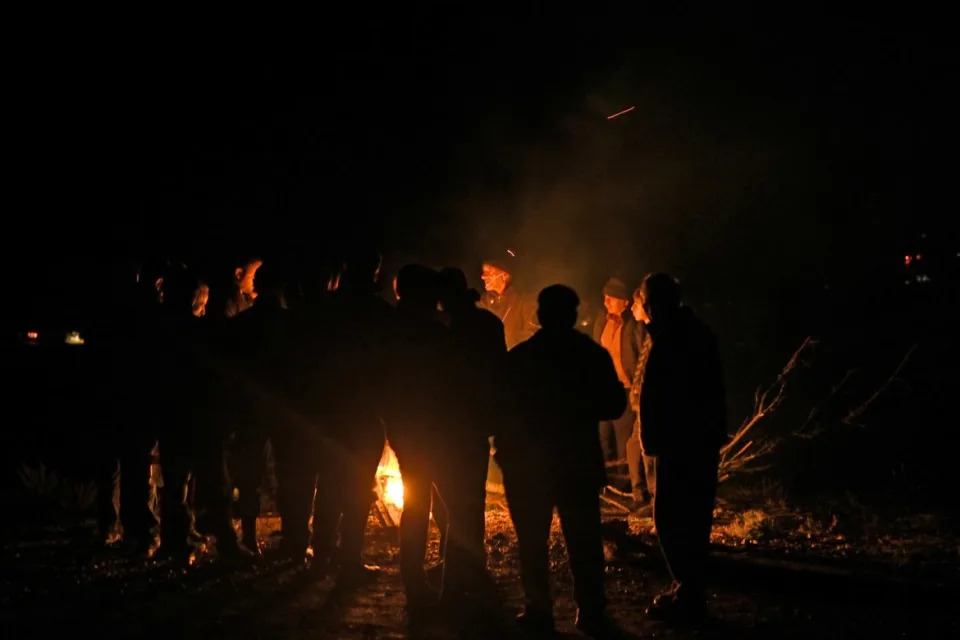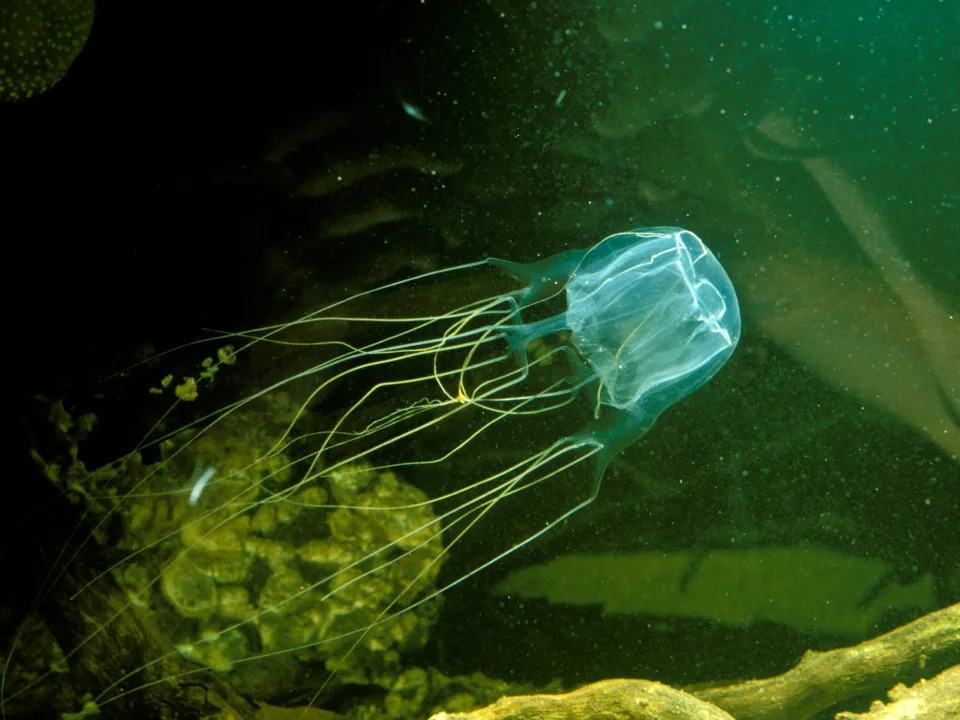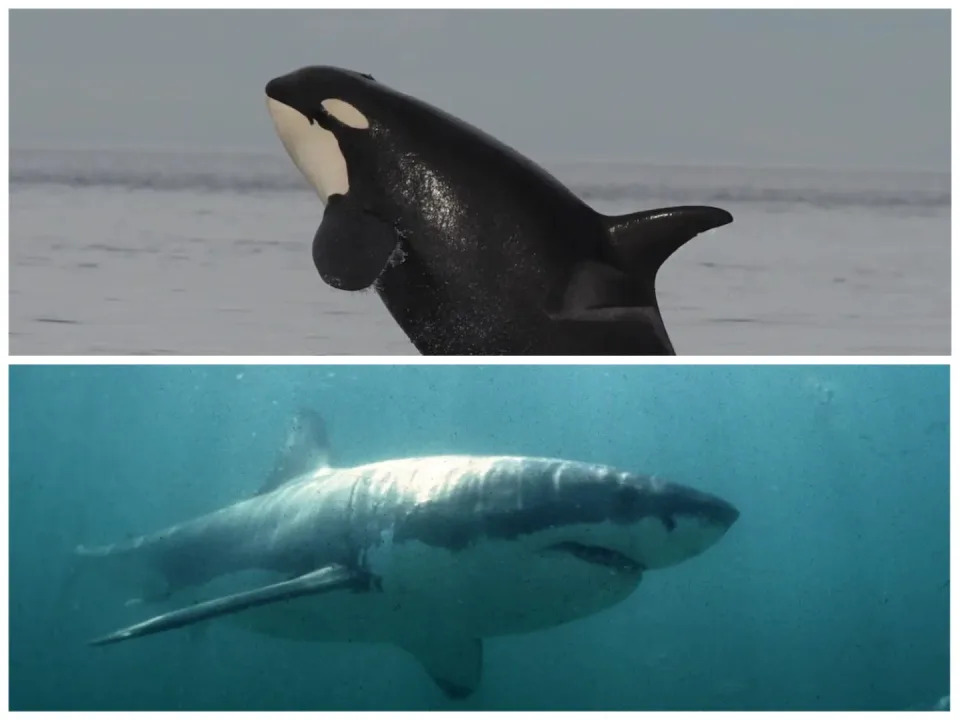Why the Webb telescope’s snooping will change life here on Earth — and Delaware will help
Ron Leary
Fri, September 29, 2023
On July 12, 2022, the James Webb Space Telescope delivered its first dazzling photographs in brilliant color of places millions of light years away: the Carina Nebula, Stephan’s Quintet, the Southern Ring Nebula. NASA called it a “new era in astronomy.”
Indeed, the knowledge we will gain from the JWST will dramatically alter our future exploration of worlds beyond own. It will also alter our life here on Earth. In fact, it already has.
More than 50 years ago, W. L. Gore & Associates, a feisty startup company launched from its founders’ garage in Newark, created some insulated cables that ended up in outer space, tethering a seismograph to Apollo 11’s lunar lander. Amid the grand achievements of a mission that included the first steps on the moon, a few feet of cable seemed to be a small thing, no big deal — until it wasn’t.

Those cables that served in 1969 as high-tech rope that could withstand the harsh conditions of outer space have evolved to become the conduits for high-speed computer data, undersea cables that enable us to communicate across oceans in a fraction of a second, and now, the SpaceWire Assemblies on JWST that transmit stunning, infrared photographs that capture the mysteries of the universe.
In short, these cables transformed communications technology.
Space exploration ignites our sense of wonder. It sparks our imagination. It awakens our curiosity. And it costs billions of dollars. That may seem like a high price to pay for something so ethereal. Yet over six decades, space exploration has proven to be a driver of technological innovation worth trillions of dollars.
Just like the Apollo missions, the JWST will be a technological game changer.
The JWST mission delivers new insights beyond our imagination every day. The infrared technology allows us to capture the birth 13 billion years ago of a star and the chemistry of the universe. This ability to download the images while the spacecraft continues its work millions of miles away means we don’t have to wait until the craft returns to Earth to learn from its data. The data that the JWST transmits from the far reaches of the universe will determine the path of future manned and unmanned space explorations.
The technology that got us to this moment in space will advance innovation in communications, energy, medicine, aviation, and materials science for us Earthlings.
What is the James Webb Telescope?: What to know about the NASA space camera and its dazzling images
Already, the technology developed to perfectly position JWST at a point in the Earth-Sun system that maximizes its view of the universe while keeping it close enough to communicate with Earth has delivered dividends for commercial satellite makers.
While the spectacular photos transmitted by the JWST grab the headliners, there are other space explorations underway that will have profound ramifications for our earthly existence.
Gore’s precision ethernet cables are once again in plan as part of NASA’s Orion spacecraft. Orion spacecraft, a partially reusable crewed spacecraft that will send four astronauts around the moon and return them home as part of the Artemis II mission, will use Time-Triggered Ethernet as its onboard data network.
TTE, which can move data at a rate 1,000 times faster than systems used on the space shuttle and International Space Station, enables NASA engineers to prioritize different sets of data and plan how and when it travels through the system. Traditional Ethernet is event driven — it goes to work when we send an email or execute a task within the system without regard to time, traffic or bandwidth. Previous space systems needed to have multiple complex systems for critical and non-critical data to ensure an astronaut’s videoconference with an elementary school didn’t crowd out navigational commands or life support.
TTE allows engineers to use one system. It prioritizes time critical data, such as navigation or life support data, over other non-essential data, which can execute when the bandwidth clears. Having a single system reduces size, weight, cost and power requirements for the spacecraft.
TTE and the highly durable Gore Ethernet cable already have critical earthbound applications where size, weight, ability to withstand harsh conditions and power supply matter. We will be seeing TTE in aircraft and automobiles, industrial automatic and off-shore wind turbine in the near future.
While the successful launch and first year of exploration for JWST is a monumental and breathtaking success in and of itself, we can hardly fathom what is yet to come. The data and imagery still to be transmitted by JWST and the lessons learned will, without a doubt, shape the next century here and beyond.
Ron Leary is an application engineer on the Aerospace team at W. L. Gore & Associates.

This article originally appeared on Asbury Park Press: James Webb Space Telescope: Delaware's contributions to space exploration
